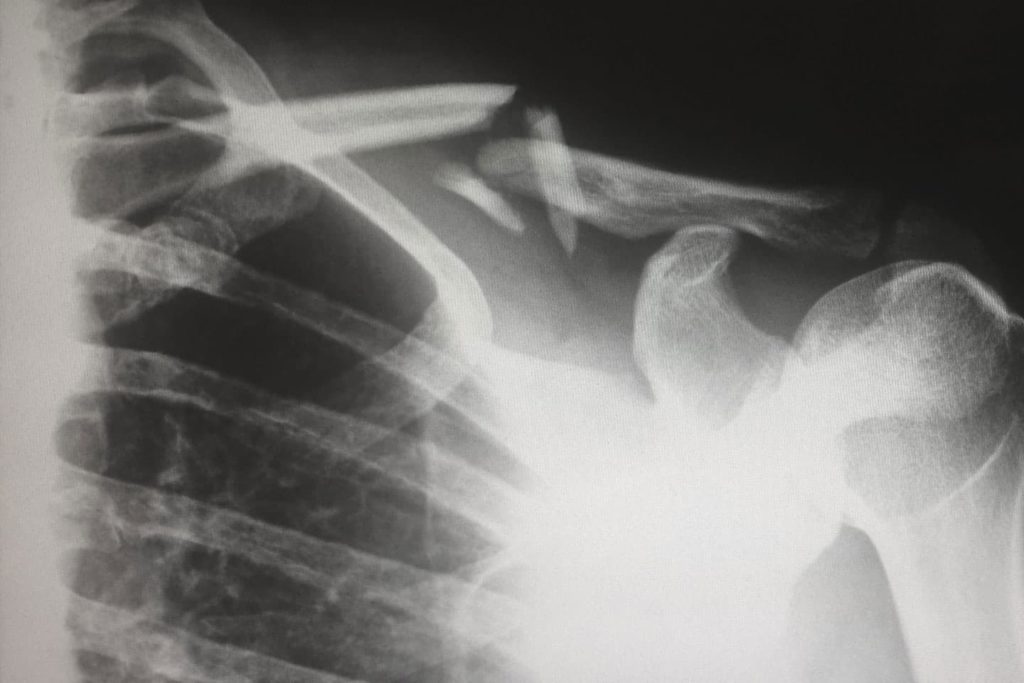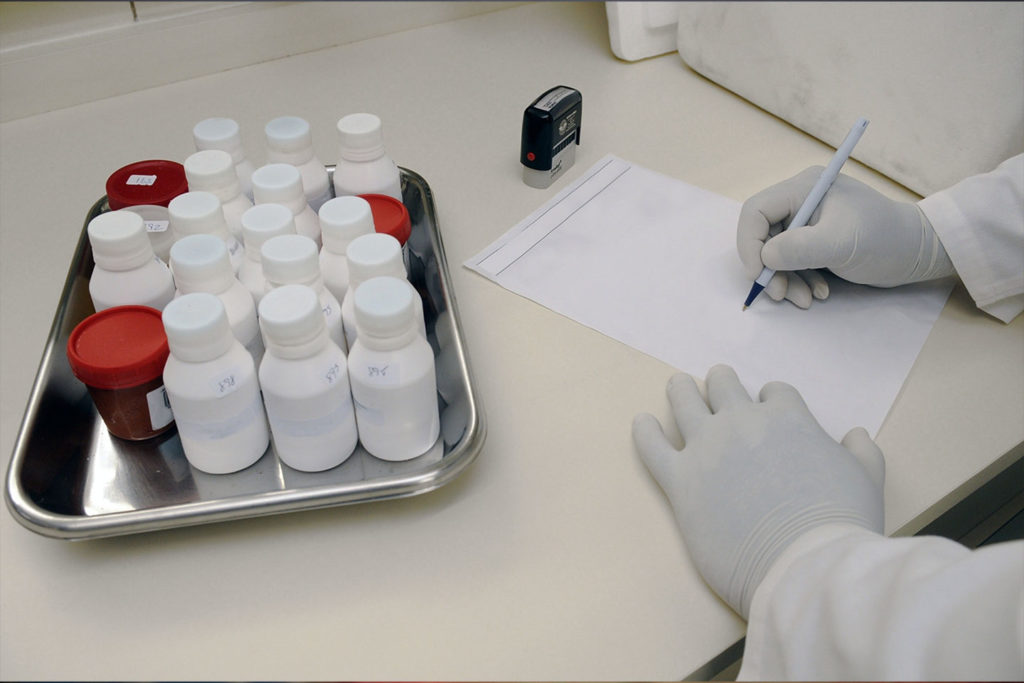There’s no disputing the health benefits of eating whole foods — legumes, vegetables, fresh fruits and whole grains – rich in dietary fiber.
For a long time, science has recognized the role good gut health plays with help from dietary fiber in treating diseases like type 2 diabetes without really understanding how both converge to promote better overall health.
The results of a Chinese study that treated type 2 diabetes patients partly with a high-fiber diet may offer a critical clue, based on a tiny group of bacteria in the human gut.
A select group of gut bacteria
Researchers split patients into two groups: A control group who received standard dietary recommendations and patient education and a more active group who was prescribed a high-fiber diet containing many kinds of dietary fiber from whole grains, prebiotics and Chinese medicinal foods, according to the study featured in Science.
After 12 weeks, patients following the fiber-rich diet created by scientists that jump-started the development of short-chain fatty acids (SCFAs) had done its job.
Those patients in the active group experienced sharply reduced blood glucose levels at faster rates and lost extra weight too.
How did high-fiber diets make such a difference?
Researchers believe diseases like type 2 diabetes may occur as a result of problems in producing SCFAs in the gut. Surprisingly, a tiny number of gut bacteria – 15 out of a possible 141 strains – were affected by eating a high-fiber diet. In fact, this select group became the dominant strains in the guts of patients, after increasing butyrate and acetate levels.
Simply, the presence of higher levels of butyrate and acetate (both are SCFAs) created mildly acidic environments that decreased the amounts of bad bacteria in the gut, leading to a greater production of insulin and improved blood glucose control.
“Our study lays the foundation and open the possibility that fibers targeting this group of gut bacteria could eventually become part of your diet and your treatment,” says Dr. Liping Zhao, lead author of the study and a professor in the Department of Biochemistry and Microbiology at Rutgers University, according to a press release.
More whole-grain goodness
This select group of gut bacteria may also be at work in the results of a study appearing in Gut, in which 60 Danish adults followed a high whole-grain diet (more than 100 grams per day) and a low refined grain diet (13 grams per day) alternately for eight-week periods.
Compared to the refined grain diet, patients eating a diet rich in whole grains lost weight and lowered the number of markers associated with inflammation that causes metabolic syndrome.
That’s a cluster of conditions ranging from elevated blood sugar levels to extra body fat around the waist that increases your risk of serious cardiovascular problems and diabetes.
Are you having trouble losing weight? Are you fighting a losing battle against metabolic syndrome?
To prevent metabolic syndrome from harming your health further and begin the healing process, restore the proper balance of gut bacteria with the help of EndoMune Metabolic Rescue and its unique probiotic blend of Bifidobacterium lactis and the prebiotic XOS.
How EndoMune Metabolic Rescue works
Unfortunately, the number of Bifidobacteria in your gut decline as your body ages, largely due to a changing diet that usually contains more fiber-free foods.
That’s where your adult gut needs extra help from a prebiotic, a substance made from non-digestible starches that literally feed your gut by promoting the growth of beneficial bacteria.
In recent years, XOS has emerged as a versatile, natural prebiotic that can provide many benefits, for example, reversing imbalances in the human gut during the development of type 2 diabetes to healthier ones.
EndoMune Metabolic Rescue’s unique formulation of Bifidobacterium lactis (a beneficial subspecies of Bifidobacteria) works as a synbiotic to produce SCFAs, stimulating the production of hormones that could slow down activity in the appetite center of your brain.
This hormonal action also slows down the motility (emptying) of your stomach, which promotes the sense of fullness or satiety. In other words, it takes less food to feel full.
Research related to consuming XOS has found increased amounts of Bifidobacteria in test subjects. Other studies have shown how patients given Bifidobacteria lactis can metabolize resistant starches like XOS, producing the SCFAs that act as signals to reduce appetite and slow down stomach motility, ideally resulting in weight loss and a healthier gut.











